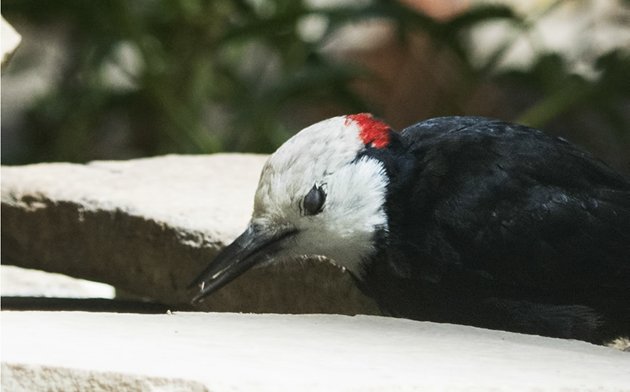
It was 7:04am when we saw our target bird. Scaly-breasted Munia, formerly Nutmeg Mannikan, is supposed to be easy to find in southern California in late August (just check the eBird graphs), but the established exotic had eluded me till Catherine Hamilton and Luke Tiller invited me to bird their small Pasadena neighborhood park. We soaked in the sight of two male Munias, a few feet from the dog run. This was quickly followed by Wilson’s and Orange-crowned Warblers, several Rufous/Allen’s Hummingbirds, Western Bluebirds, and twittering Lesser Goldfinches. Common birds to the southern California birder, wonderful sights to me. We then needed to make a decision. Where to bird next? There are two excellent things about birding Los Angeles County: the weather is always beautiful (well, maybe hot, but I’m one of those no-humidity=great weather people) and the diverse range of birding habitats. What should it be: beach, pit (aka water conservation area), desert, or mountains?
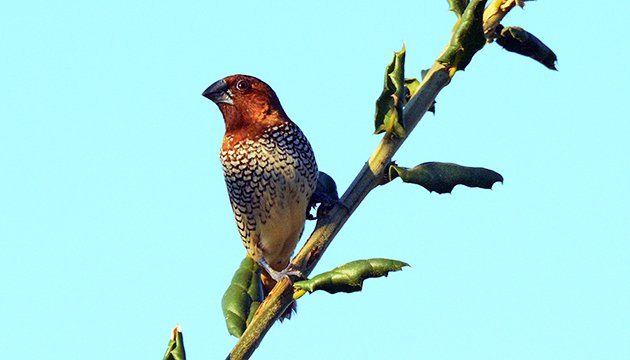
We quickly chose the San Gabriel Mountains—it was close, it was cool, it offered birds of the montane forest, and there was a zillion to one chance that we would encounter another bird on my target list, Mountain Quail. I was overjoyed. I had first visited the San Gabriel Mountains last year on a birding trip with my friend Ian, and had hoped to bird there again this trip, but was intimidated by the Angeles Crest Highway, the windy road that snakes up and around the mountain range, starting from the small city of La Cañada Flintridge. Fortunately, Catherine has been driving this road since childhood (so she says). And, I had previously purchased an Adventure Pass, which allows you to park in certain areas of the Angeles National Forest, a part of the San Gabriel Mountains.
As it was mid-morning by the time we navigated traffic, stopped at La Cañada for breakfast and a picnic lunch, and created fantasies of our new target birds, we went straight to the Chilao recreation area at 5,300 feet. This was the best possible place for the quail, and also the spot for what may be one of my favorite birds in the world, White-headed Woodpecker. I had gotten my life looks at them last September there, and it was shockingly easy. But, as we turned off the main road to the first of the two Chilao areas we explored, there were no quail and, to our surprise, no White-headed Woodpeckers. Just, regular old Acorn Woodpeckers, loud and persistent. We did see what I suspect was Luke’s favorite “bird” of the trip. a Behr’s Metalmark, Apodemia virgulti. This is one of the Mormon Metalmark family, whose members all look alike, so opinions from more informed butterfly enthusiasts are welcome.
The beauty of this area is breathtaking, though the burned trunks are reminders that it is still recovering from the disastrous Station Fire of 2009, which scorched over 250 square miles and killed two firefighters. One of the unfortunate consequences of the fire, Catherine and Luke told me, has been the eruption of a plant called Poodle-bush, Eriodictyon parryi, everywhere. Touching it or even touching where it has brushed against your clothing could cause severe allergic reactions. It’s also one of those plants that looks a lot like other plants, so in the beginning we kept to the trails. Of course, that all went out the window once we started seeing birds, but I think we all came out unscathed.
Still, the fact that California is currently experiencing a serious drought was cause for concern. Probably much more of a serious threat than the bear scat we occasionally spied or the threat of poodle-bush rash.
The feeders at the Chilao Visitor’s Center were not filled (whether it was because of bears or because the center is only open on weekends, we didn’t know), but there was a seating area at the other end of the building that was a good place for lunch. And, of course, as Catherine and I chomped down our sandwiches, Luke quietly said from a few feet away, “I have a White-headed Woodpecker here.” So much for sandwiches.
I’m sure there is a law that White-headed Woodpeckers are always on the other side of the tree. Or, if they are on your side of the tree, so high up it is impossible to get a good photograph. Until this day at high noon, when we found White-headed Woodpeckers coming to drink at a small bird bath at the Chilao Visitor’s Center. First the male, with the red patch on the back of the head.
Then the female.
We were in White-headed Woodpecker heaven, all three of us, quietly getting the best looks ever. A Mountain Chickadee, Dark-eyed Junco and White-breasted Nuthatch also visited the bird bath. Considering this was undoubtedly the wettest spot in the Angeles National Forest, we were surprised there weren’t more birds drinking (quail!), and surmised that it was being filled on a non-official basis, and maybe not every day. Thank you, kind person.
We eventually managed to detach ourselves from the woodpeckers and continued on to Buckhorn campground, 6300 feet high. In addition to high elevation birds like Stellar’s Jay, Mountain Chickadee (above), Pygmy Nuthatch, Red-breasted Nuthatch (it was a three nuthatch day), we found a surprising number of warblers: Orange-crowned and Wilson’s Warblers again, and this lovely Hermit Warbler, spotted by Luke. (Luke’s day job is spotting hawks, by the way.)
Catherine, who is by trade a bird artist, was on fire that day (as she kept telling us!), and, after spotting a Nashville Warbler at Chilao, pointed out a young Yellow-rumped Warbler, one of what turned out to be a group of Audubons, and then a MacGillivray’s Warbler. This was only the second MacGillivray’s I’ve seen, and even at a bit of a distance it was a much better look than the view I had in southeast Florida. (Always good when you can see the whole bird at one time.)
A Green-tailed Towhee staked out the parking area.
A Spotted-Towhee and a Thick-billed Fox Sparrow lurked in the bushes (another Catherine spot). Finches–House, Purple, Cassin’s–fed high in the conifer trees and low in the road. We eventually decided that most of the empids we were seeing were Willow Flycatchers, though there were one or two possible Pac-slopes (Pacific-slope Flycatcher).
It wasn’t till the next day that I remembered I had been looking for Mountain Quail. Yeah, life birds are nice, but there are days when they can’t compare to the sheer joy of birding a place like the San Gabriel Mountains with friends.
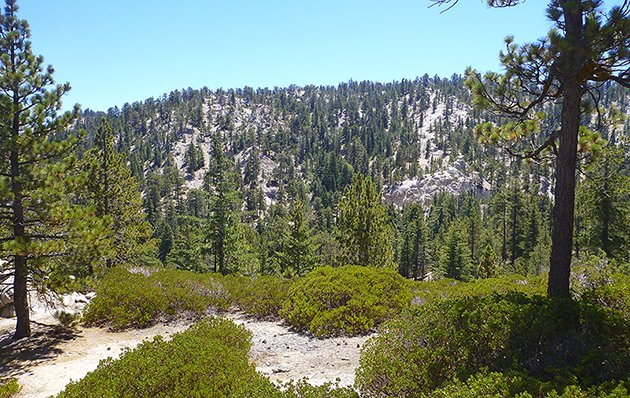


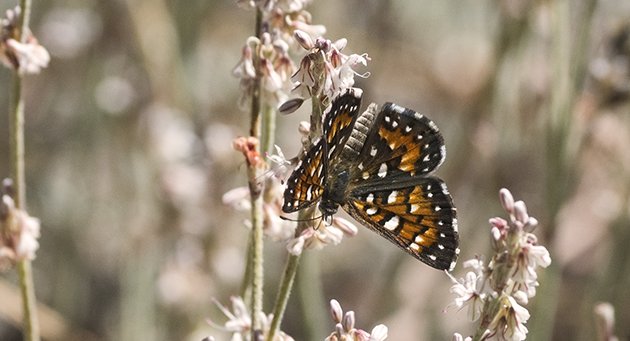
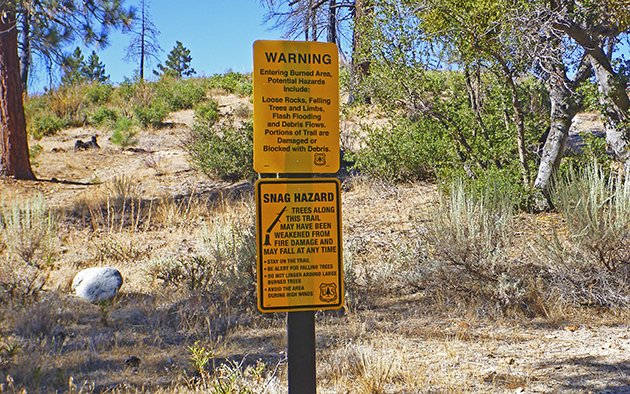
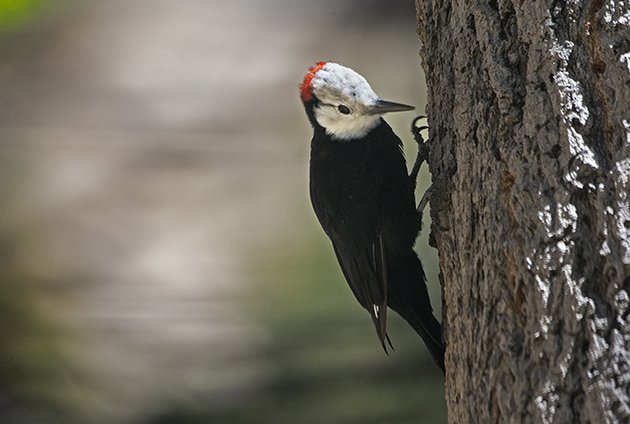
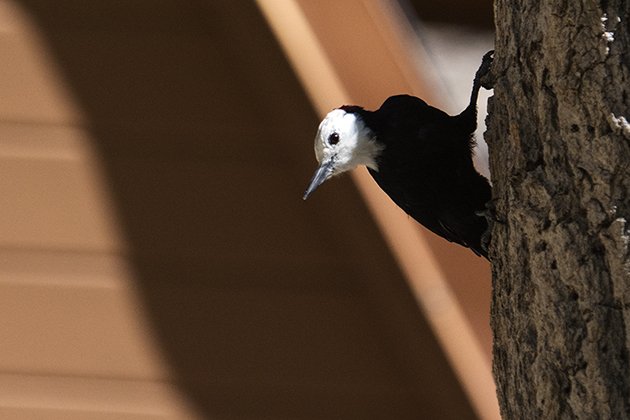
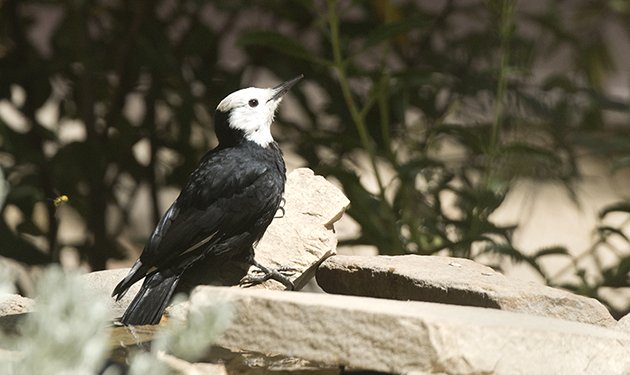
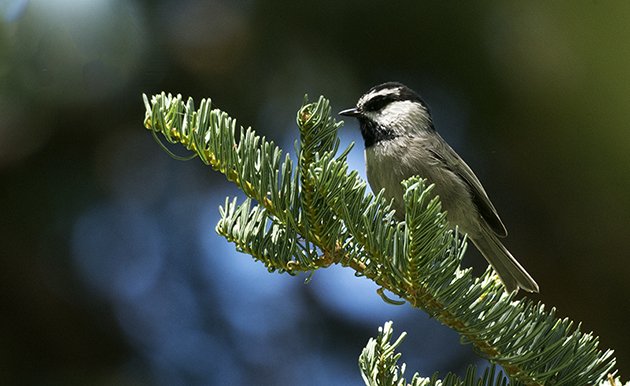
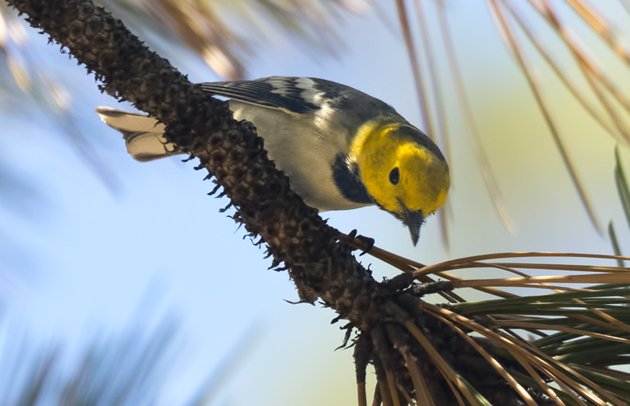
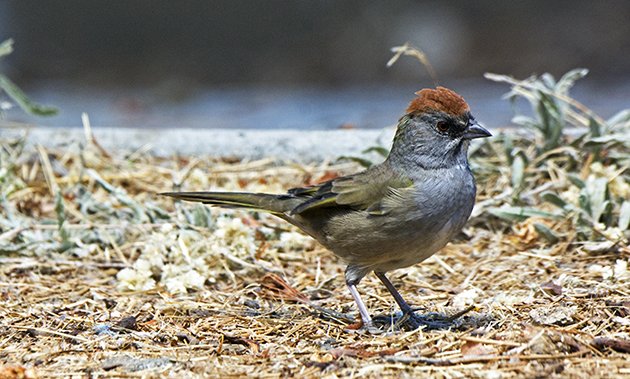
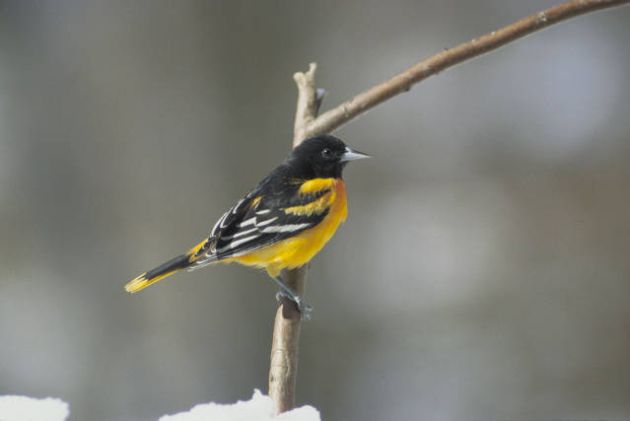
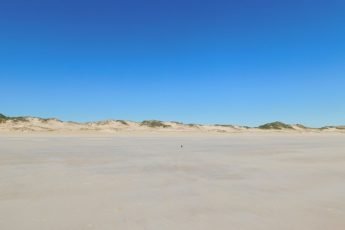
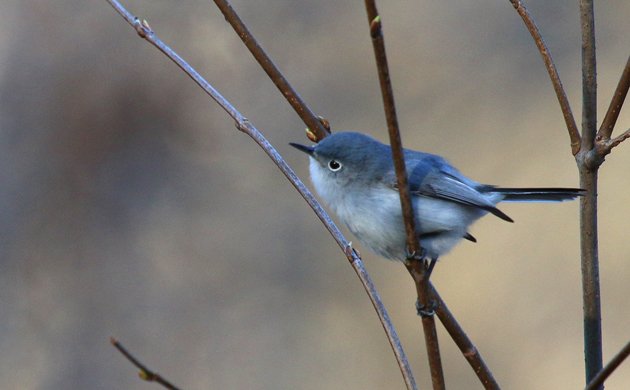

 New writers welcome – please contact us for details.
New writers welcome – please contact us for details.

















Leave a Comment